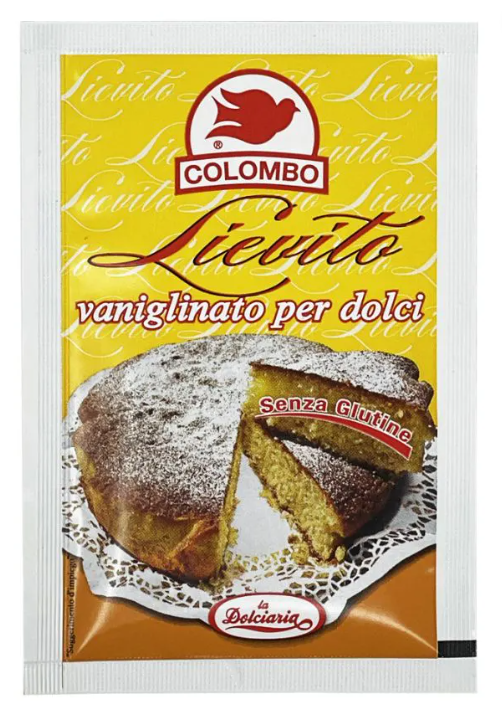
Yeast with vanilla taste for sweets gluten-free
Gluten-free bread
With the prevalence of celiac disease and gluten intolerance, gluten-free bread is becoming increasingly popular. Celiac disease may cause diarrhea, bloating, headache, and sometimes skin rashes. Because of this, many folks are trying to figure out how to eat loaves yet not suffer any repercussions.
These loaves are made with a combination of different flours to achieve a more complex texture or flavor. Examples include almond, buckwheat, quinoa, and rice flour bread. Such snacks will be a hit with vegans and people who prefer organic cuisine.
How is gluten-free bread produced?
Gluten-free bread doesn’t contain gluten protein that’s in the rye, wheat, or barley. It has a bad reputation in that it’s thick, crumbly, and hard. However, this doesn’t mean you can’t get both sweet and nutritious options.
When making it, combine the flour you are using with xanthan or guar gum to make bread with no gluten. Xantham gum and guar gum are food additives helping with binding. Other alternatives include unflavored gelatin and psyllium husks.
Baking is sometimes tricky since the dough is more delicate than traditional dough. Also, getting a good rise is challenging as it easily dries out. Always use tested or perfected recipes to get desirable results. It tastes better straight from the oven.
If you don’t like the texture, freeze the bread to get a firmer structure while helping it preserve moisture longer. You could have it in various forms, like gluten free toast bread or gf sandwich bread.
What kind of bread is gluten-free?
Several types of these loaves exist on the market. Examples include those made from:
Rice, almonds, oats, cassava, arrowroot, amaranth, or coconut flour;
Tapioca starch, cornmeal, or potato starch;
A mix of different flours;
A combination of starches and flours;
Anyone can enjoy gf bread without sacrificing taste or texture. You can buy it online or acquire one from the local grocery store.
Is there a difference in taste with regular bread?
It’s hard to find gluten free bread that tastes like real bread. Each is different depending on the ingredients they are made from. The taste ranges from sweet, gritty, nutty, earthy, and intense flavor.
The difference in taste results from the flours and components used in making it. The loaf has a subtler taste with a strong grain flavor. Additionally, it contains a coarser texture due to its nature. However, you may find some have a gritty texture while some with a fine texture. They are also denser, less spongy, and with a shorter shelf life.
Most individuals who try it are surprised by how delicious and flavourful they are. Since several brands offer a range of fantastic flavor combinations, you will discover those you adore.
How to order and deliver gluten-free bread from our store?
Go to the shop section of our website. Search for everything you desire. Pick items by brand or category.
Once you find what you prefer, add it to your cart before checking out. Fill in the required details like name, email address, and where we will deliver your goods. The final step is to pay and wait for your product's delivery.
Final thoughts
Some individuals prefer bread without gluten to those containing them. That said, there are no potential health benefits to consuming it. However, this eases the discomfort that comes with eating gluten. In addition, not all gluten-free brands are made equally. Always read the ingredients list to ensure the loaf has ingredients that won’t affect you. Remember to check common allergens.
Gluten free bread healthy offers options for those who are sensitive to gluten or have celiac disease to enjoy their loaves. Lastly, it's also a good option for people trying to shed some weight or on a gluten-free diet. So, it is clear that gluten-free bread is not only an option for those with special dietary needs, but it is also a viable choice for those looking to make healthy lifestyle changes.










